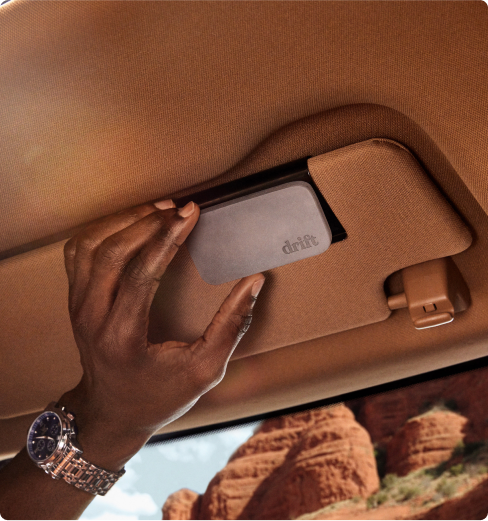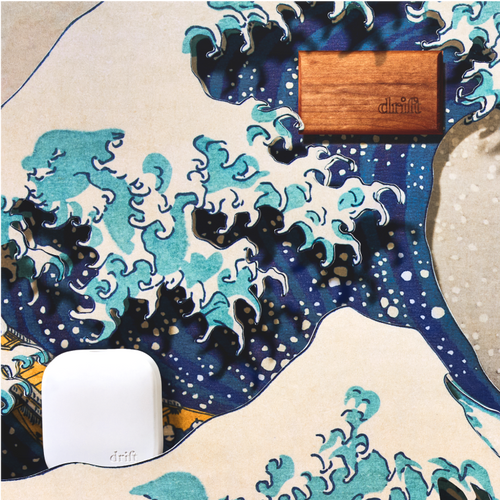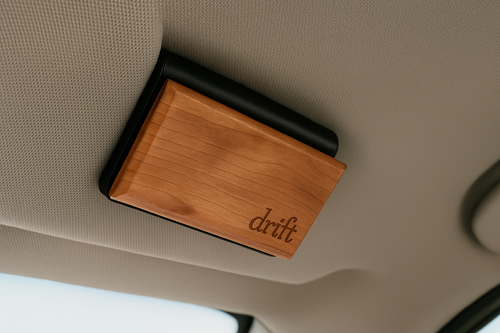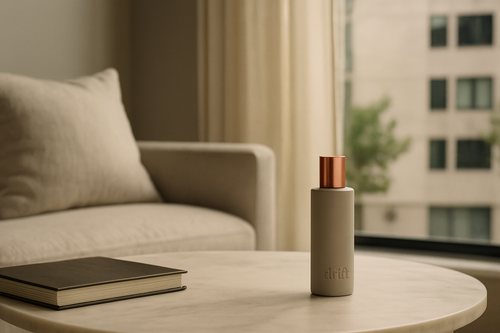
The Secret Life of Your Car’s Interior: What Happens When You Leave It Unattended for a Month
by Chaylyn Miles | 05/26/2025
We like to think our cars are always ready to roll—but leave them parked for weeks, and things start to shift. While it sits in silence, your car’s interior is slowly transforming in ways you won’t notice… until you open the door and get hit with a musty, stale surprise. The car interior is a microenvironment that reacts to temperature shifts, trapped air, moisture, and even time itself, often with unpleasant surprises.
So, what actually happens to your car interior when you walk away for a month? Let’s pull back the curtain on the secret life of your parked car and explore how you can minimize the damage — and unpleasant odors — that build up while it’s left alone.
Temperature Swings Take a Toll
One of the biggest challenges to your car interior during long-term parking is temperature fluctuation. In the summer, interior temperatures can soar to well over 120°F, even when the outside air feels mild. In winter, a parked car can turn into a near-freezing box. These dramatic swings can cause dashboard materials to dry out, upholstery to fade or crack, and plastics to warp.
Leather seats, in particular, can lose moisture and become stiff or brittle. Sunlight beating down through the windows can amplify the effect, accelerating wear on the dashboard, steering wheel, and seat coverings. When you return after a month, you might find your car’s once soft, smooth surfaces looking noticeably aged.
Stale Air and Trapped Odors
When a car interior is sealed up for weeks, the air inside becomes stale. Without regular ventilation, odors from food crumbs, gym bags, or even moisture can intensify, creating a musty, unpleasant smell. Trapped humidity, especially in rainy or humid climates, can feed mold or mildew, particularly in floor mats or under seats. That “closed-up” scent you notice when reopening the door is the result of weeks of uncirculated air marinating with old smells.
The solution? A natural wood diffuser. Unlike synthetic air fresheners, which often mask odors temporarily, a wood diffuser absorbs and gradually releases natural essential oils, improving air quality and providing a consistent, subtle scent. When you leave your car parked, the diffuser works quietly in the background, helping maintain a fresher car interior until you return.
Dust and Grime Settle In
Even when a car isn’t in use, dust has a way of creeping inside. Over a month, fine particles settle on the dashboard, center console, seats, and windows. If you’ve left items like water bottles, snacks, or newspapers inside, they can add to the mess, breaking down and contributing to unpleasant smells or sticky surfaces.
To minimize this buildup, it’s a good idea to give your car interior a light cleaning before a long absence. Remove trash, vacuum the seats and mats, and wipe down surfaces. Pair that with a wood diffuser to help combat any lingering odors, and your return will be a much more pleasant experience.
Moisture Can Lead to Mold
Moisture is the hidden enemy of every car interior. A leaky window seal, a forgotten umbrella, or damp floor mats can create the perfect environment for mold and mildew when the car is left untouched. Over a month, moisture can work its way into carpets and seat padding, leading to unpleasant smells and even visible mold growth.
A wood diffuser can’t fix leaks, but it can help control odor and humidity levels by providing a natural, gentle fragrance. If you live in a damp area, consider adding moisture-absorbing products to your car, and check all seals before leaving the vehicle parked for an extended time.
Electronics and Batteries at Rest
While not technically part of the car interior, the electronic systems inside your vehicle can also feel the impact of long-term inactivity. Infotainment systems, seat heaters, dashboard displays, and power seats all sit unused, and some systems may drain small amounts of power even when turned off. Combined with a weakening car battery, this can lead to headaches when you try to start the car again.
To help preserve your car interior electronics, make sure everything is turned off before stepping away for a long period. Disconnect accessories from charging ports and check that all interior lights are fully off to prevent slow battery drain.
How to Prepare Your Car Interior for Time Away
If you know you’ll be leaving your car unused for several weeks, a little preparation goes a long way. Here’s a quick checklist to protect your car interior:
-
Clean thoroughly: Remove trash, vacuum, and wipe down surfaces.
-
Remove moisture: Take out wet items and check for leaks.
-
Protect from sunlight: Use sunshades or park in a garage.
-
Add a natural fragrance: Place a wood diffuser on the dashboard or in a cup holder to keep the air fresh.
-
Disconnect electronics: Unplug devices to prevent unnecessary power drain.
These simple steps can help ensure that when you return to your car after a month away, you’re welcomed by a fresh, well-maintained space rather than an unpleasant surprise. With a little care and the right accessories, you can protect your investment — and enjoy a cleaner, more inviting ride whenever you’re ready to hit the road again.







